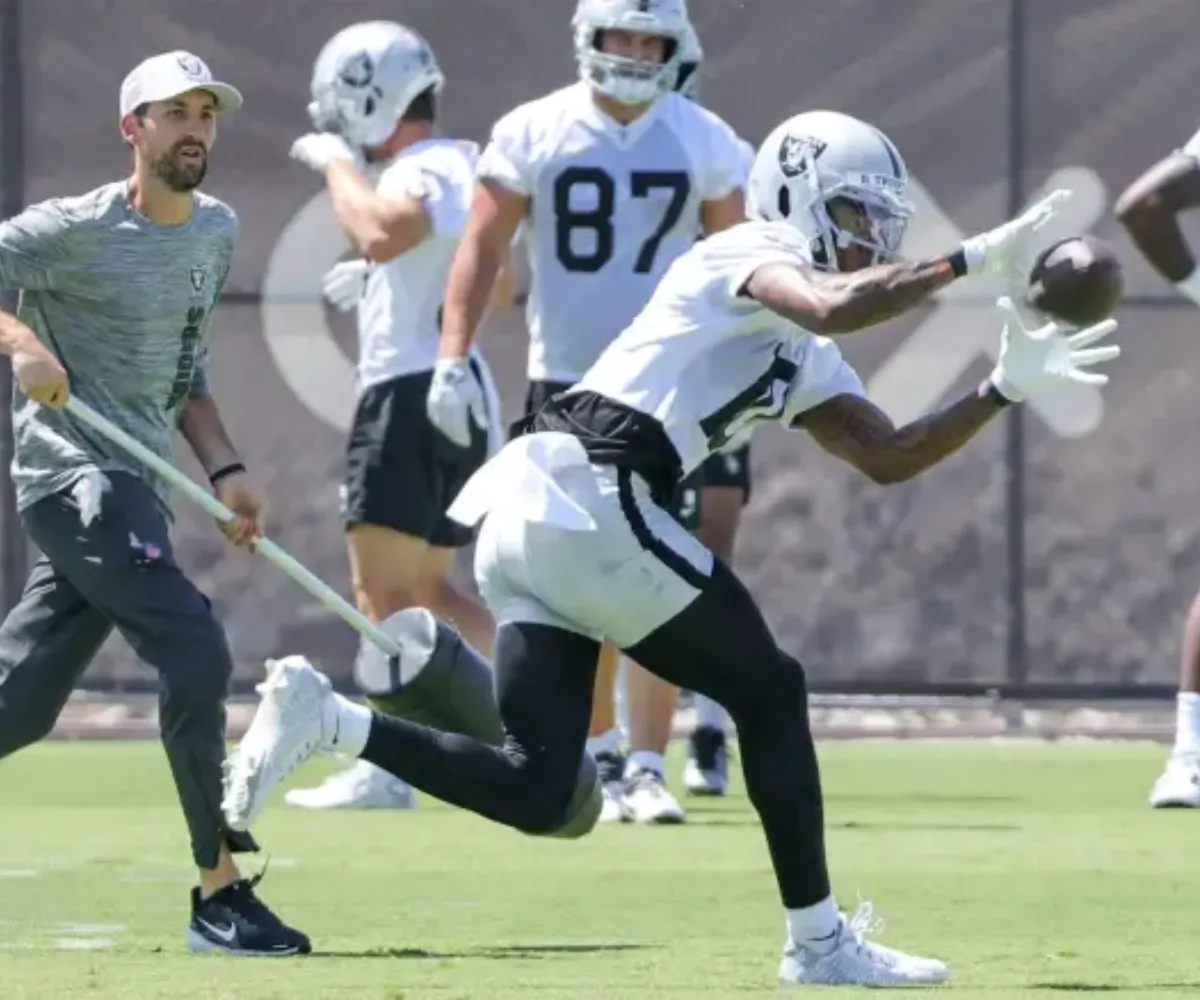As of the 2025 NFL season, 11 teams currently play in stadiums with either a dome or a retractable roof. That number could soon rise to 12—with the Philadelphia Eagles potentially next in line.
With their lease at Lincoln Financial Field set to expire in 2032, the Eagles are entering a critical seven-year window to determine their future stadium plans. That decision could involve renovating the Linc, constructing a brand-new venue, or joining the growing list of NFL franchises embracing enclosed stadiums for more versatility for other events, revenue, and climate control
The Eagles have established themselves as one of the league’s premier franchises, winning two Super Bowls over the past eight seasons and consistently competing at the highest level. With that success has come increased pressure to expand the brand, improve the fan experience, and position the team for future growth, both on and off the field.
Modern stadiums are now judged not only by sight lines and seating capacity but by their ability to host large-scale, multi-use events like Super Bowls, NCAA Final Fours, concerts, and conventions. And in a city like Philadelphia, where winters can be bitter and unpredictable, a retractable roof or domed stadium could be the key to unlocking those possibilities.
Lincoln Financial Field, affectionately known as “The Linc,” opened in 2003 and is currently entering its 23rd season. When the lease expires in 2032, the stadium will be 29 years old, right within the typical 25-to-30-year range when most NFL teams begin to seriously consider either major renovations or a completely new stadium.
Jeffrey Lurie, the longtime owner of the Eagles, recently acknowledged that conversations about the future of the stadium are already underway. According to CBS Sports, Lurie expressed a deep desire for Philadelphia to host major events like the Super Bowl and Final Four, but remained “torn” on whether to build a new dome or add a roof to the existing facility.
“It’s one of those things where I want the best for our fans, I want the best for our team, and I want the best for Philadelphia,” Lurie said recently. “So we’re going to evaluate everything.”
While Lurie did not confirm any immediate plans, he emphasized that any decision would need to balance tradition, fan experience, and long-term competitiveness.
Any future stadium development for the Eagles would likely be influenced by what’s happening around them—specifically in the South Philadelphia Sports Complex.
The complex currently houses four of the city’s five major professional sports teams: the Eagles (NFL), Phillies (MLB), Flyers (NHL), and 76ers (NBA). It’s also rapidly transforming into a fully integrated entertainment district, with major development partnerships involving Comcast Spectacor, the Phillies, and the 76ers.
Earlier this year, the Flyers and 76ers reached a 50/50 joint agreement to build a brand-new arena within the complex, with a targeted opening of 2031. That announcement ended years of speculation about a possible downtown arena and signaled a unified vision for South Philly as the future heart of Philadelphia’s sports and entertainment scene.
If the 76ers and Flyers are upgrading within the complex, it seems natural for the Eagles to at least consider following suit—either by modernizing Lincoln Financial Field or breaking ground on a new stadium nearby.
The Eagles have several realistic paths they could pursue:
First would be to renovate Lincoln Financial Field:
This would involve keeping the current stadium footprint but modernizing the structure a bit. Adding a retractable roof, improving premium seating, and upgrading the fan experience. This is the least disruptive option and would preserve the Linc’s location, but would still require a ton of investment—likely in the billions.
Second option would be to start over completely and build a new stadium:
A new stadium could be constructed on adjacent property within the complex, possibly near the Jetro lot or on redeveloped land. This would align with the larger vision Comcast Spectacor and the city are pursuing, while also giving the Eagles a state-of-the-art facility to match their status.
Last option that would most likely anger Philadelphia fans would be to create a new stadium out of the complex:
If logistics, politics, or financial terms complicate staying in South Philly, the team could look to areas like the Navy Yard or suburban sites that offer more space and development freedom. However, such a move would mean leaving behind the synergy of the city’s shared sports district.
But one major obstacle to this plan is money. Governor Josh Shapiro has made it clear that the state is not currently offering public funding for stadium projects, though he has opened the door to dialogue with both the Eagles and the Steelers.
The recent Sixers arena project was privately funded, and any Eagles stadium effort may need to follow the same model. Fortunately, the Eagles are one of the league’s most valuable franchises, and Jeffrey Lurie is among the wealthier owners in the NFL, meaning private financing could be a viable route.
There have even been reports that Lurie may be exploring the sale of a minority share of the team, which could potentially generate capital for a stadium-related project.
So in the next few years, be on the lookout for the next possible move for the Philadelphia Eagles' stadium arrangements. Whether it's a major renovation or a brand-new domed stadium, big changes could be on the horizon.



